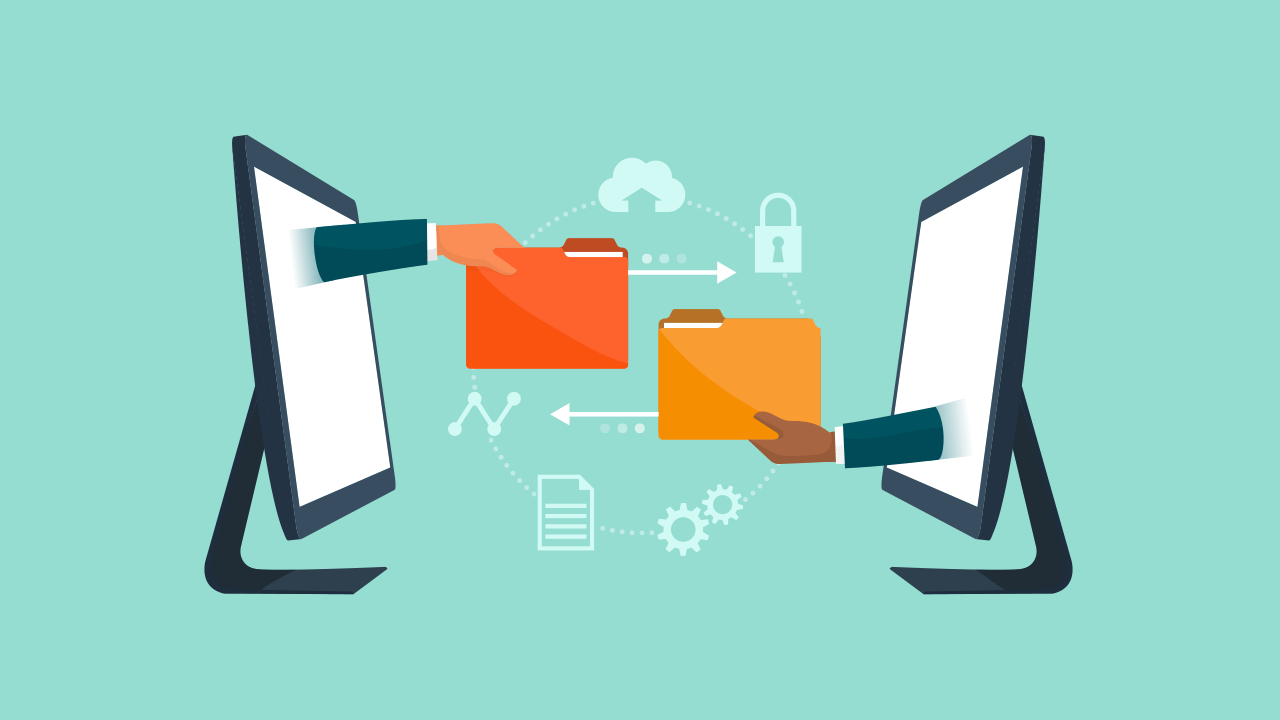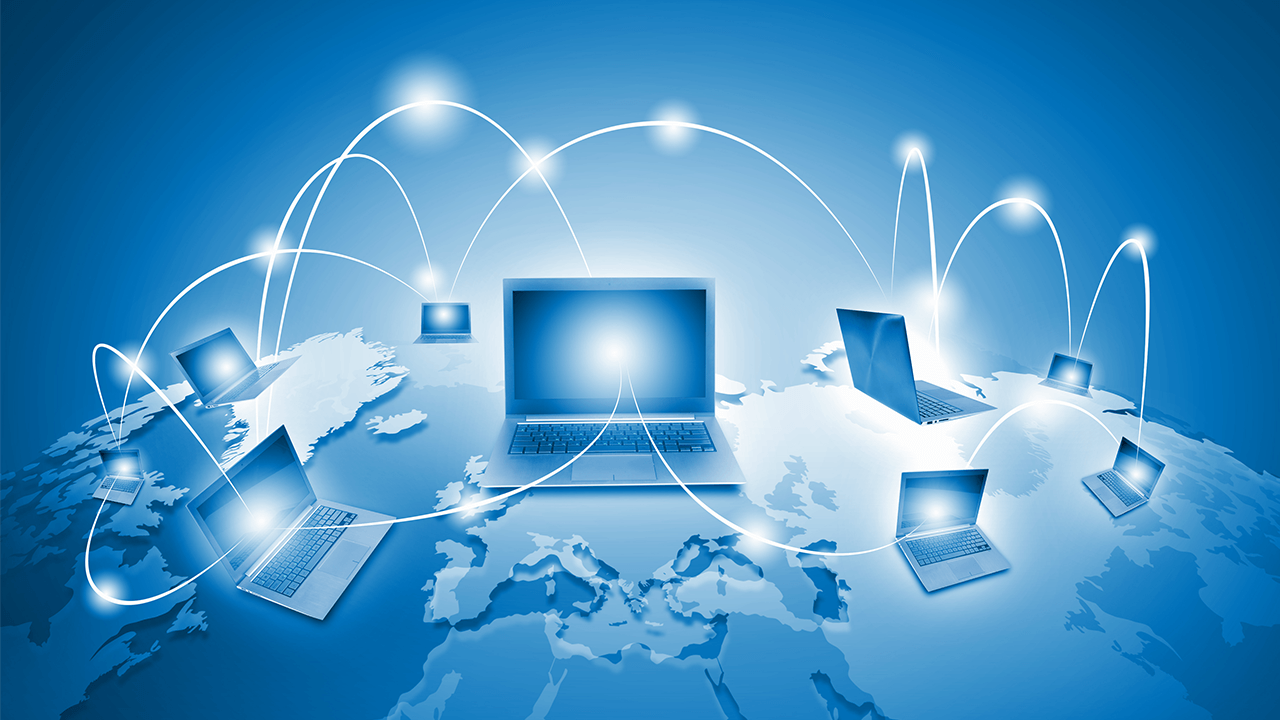Most dental practices have a traditional standalone setup for their intraoral scanner. The scanner is simply connected to the PC that came with the scanner. Choosing this setup can be the downfall of your practice, if you ask me.
In the traditional way, if you want to share data throughout your practice, you need to either export files or send them via a platform, which is usually the same sending platform you use to transmit files to partners with. If you are looking to truly integrate digital dentistry into your practice, you should aim for a networked ecosystem.
As a Senior Clinical Specialist at the 3Shape Academy, I’ve had the opportunity to work with many doctors and practices. And I believe that this traditional standalone setup can be the downfall of your practice if you are looking to truly integrate digital dentistry into your practice.
I would recommend that you instead, switch to a network ecosystem setup, also known as a networked digital ecosystem. Without it, you limit the access to data or information throughout your practice.
A client-server setup means that every scan you take in your practice is accessible on every computer throughout the practice. It also means that the software that you use for your analysis and design is also accessible on every machine in the practice. The various computers throughout your practice run i.e., the implant planning software, the design software, or any apps that maybe available from that main computer. In addition, all scans that are in the database are accessible to office PCs from that main computer.
Importantly, you are not paying extra software licenses or storage with this type of setup. You are simply accessing the software and data from the main computer on your other computers.
Why is it important to work towards a networked ecosystem?
With a networked ecosystem, you can scan a patient for a same-day restoration in one operatory, and when that scan is done, the scanner can be used in another operatory. You can then go to a workstation, bring up that scan, review, and send it to a lab or design the restoration and send it to a mill, without ever having to use that same computer the scan was originally taken with.
It makes you and your practice more versatile. As you no longer need to do everything on one computer.

Dr. Alan Jurim, a New York dentist who has helped to pioneer the use of client server setups for practices ('it kind of snowballed'), says: (the setup) “allows non-clinical of the office to view the scans. Now when I say view scans, I don’t mean that they are viewing them from a clinically analytical perspective. They are doing more of the administrative work: making sure that the scans have been sent or properly billed or recorded into the practice management software. We enable the support staff to also have access to the digital information that has been gained.
But probably the most powerful advantage is that it allows clinicians to access the data to remotely study the information for diagnosis. And there are tools that help us with the diagnosis. But fundamentally speaking, if we can have twenty users all accessing information at the same time, then we are going to get twenty times more done because of digital dentistry.”
Contrasting a network setup with traditional standalone digital setups
All intraoral scanners come with ways to send scans. The huge difference with a networked ecosystem is that a network system gives all practice computers access to the same tools that are built into the software hosted on the main computer. Despite being on a different computer or in another room, you still use the main computer’s software and bring patient scans into it.
In the traditional setup, where you send a scan, you share the file, and you can see the scan and the 3D model of it. But in the words of Dr. Jurim: “you don’t have the tools that make that model valuable, like comparison tools, tools to record contacts or tools to see occlusion, or even design software.”
Do I need a dental software license on my other computers?
No. Most software is licensed per user or use, not per computer. That means with a networked setup, if you have a single scanner or software, the setup enables you to scan or work from any computer using that same license hosted on the main computer. As Dr. Jurim says, “Our entire patient library is available throughout the entire office environment. We maximize our investment in the software by using the data on almost any computer in the office.”
He adds, “Our practice is 100% onboard with digital dentistry, which in turn has elevated the quality of our dentistry. Because information is accessible to everybody.”
The limits of a networked digital ecosystem - client-server setup
While the networked ecosystem offers a terrific advantage to sharing digital data throughout your practice. There are some drawbacks, chiefly, you cannot use the data outside of your practice. If you have a laptop at home or on the road, you cannot work with that data unless it is stored somewhere accessible or sharable via a platform.
Some other limitations of the networked digital ecosystem are:
- It is not possible to have more than 10 connected Clients to the server simultaneously.
- It is not possible to use a Client PC outside the practice.
- It is not possible to have the server PC physically located outside the practice.
It is also recommended that your network has a bandwidth of at 50 Mbit/s, however 100 Mbit/s is preferred.
How to create a networked digital ecosystem – client server setup
Today you are probably running the recommended setup with one TRIOS scanner, running on one computer. In this setup, the TRIOS PC is the only computer containing the full installation of the software and you will have access to all your TRIOS data only on this computer. It can be connected to the clinic network via Wi-Fi or Ethernet.

Going from one PC to multiple PC’s
To be able to access the scans and tools on multiple computers, a centralized server PC will work as a hub from where the data will be shared. You can recognize the setup from how your Practice Management System works today. Starting from the server PC, the full installation of the recently launched, 3Shape Unite must be performed.
A quick checklist of what you need to do to create a client server setup in your practice
- The TRIOS subscription dongle must be inserted into the server PC.
- All Client PCs will access this subscription dongle through the server.
- Keep the server PC always running.
- All other computers must have the client version of 3Shape Unite installed.
The client computers can be connected to the server via Wi-Fi or Ethernet. When you start your client the first time it will connect automatically or ask for the connection path to the server*.
On the existing TRIOS PC, do a backup of your cases, and then you can select the new server path before login in. Cases from your backup can be transferred to the server. Now you can access all your scans from all your connected clients.
To sum up: advantages and disadvantages of a client setup
Access to data is easier and remote
Every employee has access to scans
More work can be handled at once
Makes your practice more versatile
Data can be accessed from many devices in the clinic
All scans are safe in a shared database
Database and client PC is not accessible outside of clinic
Does not allow more than 10 connected clients to the server at once
A NEW FREE EBOOK
3Shape Unite is the new platform used by 3Shape TRIOS. It brings the world’s leading dental companies, dental laboratories, and treatment solutions together under a new and growing collaborative platform for dental professionals.
The 3Shape Unite platform enables 3Shape TRIOS users to manage all their cases and digital workflows with open choices and ease - from their initial TRIOS scan to treatment completion.
* PCs in the setup that you are intending to use for scanning needs, must be TRIOS approved. Likewise, PCs intended for designing or viewing must meet the relevant specifications for the software as described in the PC catalog for TRIOS.